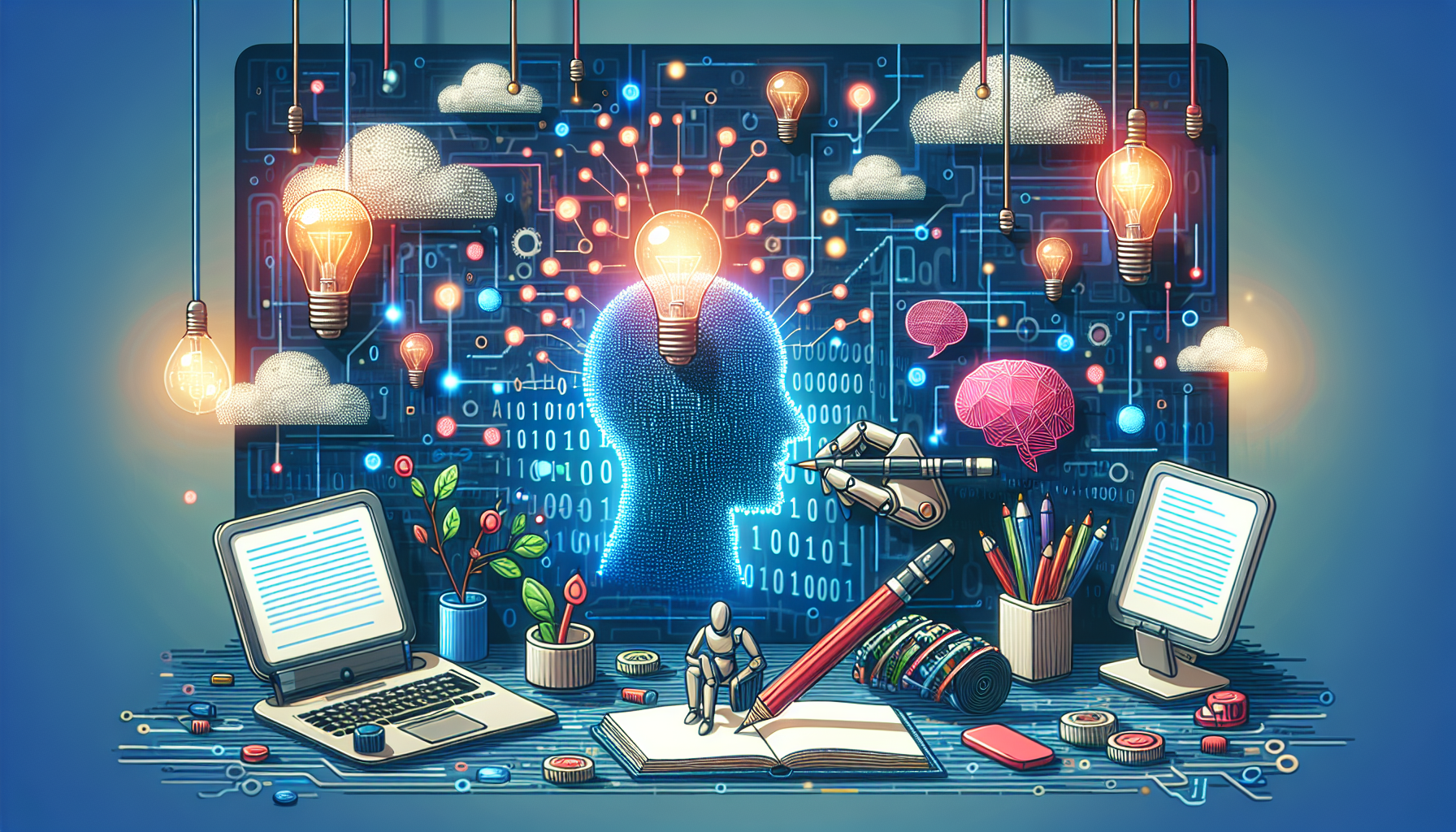
The Power of AI in Crafting Dialogue
Artificial Intelligence (AI) has revolutionized various sectors, from automation in industries to enhancing user experiences through personalized technology. One of the intriguing advancements is in the field of creative writing, particularly in crafting compelling dialogue. AI tools have the potential to assist writers in creating dialogues that are not just engaging but also deeply reflective of human emotions and interactions.
Understanding AI-Generated Dialogue
The essence of using AI for generating dialogue lies in its ability to process and analyze vast amounts of data. AI systems, especially those trained on large datasets of conversational text, can recognize patterns, styles, and nuances in language. They can generate responses based on context, historical dialogue patterns, and even specific character traits. This is particularly useful for writers who are looking to achieve a certain tone or style in their dialogue.
Enhancing Creativity and Efficiency
One of the key benefits of incorporating AI into the dialogue creation process is the enhancement of creativity and efficiency. Writers can use AI-generated suggestions to overcome writer’s block, refine their dialogue, or explore alternative conversational paths that they hadn’t considered. This does not only speed up the writing process but also opens up new avenues for creativity as writers can experiment with different styles and formats of dialogue that the AI suggests.
Customization and Personalization
AI systems can be trained to tailor dialogues based on genre-specific elements, character development, and plot dynamics. This means that writers can use AI tools to generate dialogues that are consistent with the characters’ personalities, backgrounds, and the story’s setting. Such customization ensures that the dialogues are not just compelling but also true to the narrative’s essence.
Maintaining Authenticity
Despite the advantages, one of the challenges in using AI for dialogue creation is maintaining authenticity. While AI can replicate human-like interactions, the depth of emotional intelligence and the subtleties of human conversation can be difficult to achieve purely through algorithms. Writers play a crucial role here, using AI-generated dialogue as a base and then refining it to ensure it resonates with authenticity. This blending of AI capabilities with human creativity and insight is essential for crafting dialogues that truly capture the human experience.
Collaborative Tool, Not a Replacement
It is important to see AI as a collaborative tool rather than a replacement for the creative process. While AI can offer suggestions, generate ideas, and even write dialogue, the final touch of human insight is irreplaceable. Writers need to engage with the AI-generated content critically, making adjustments and revisions to ensure that the dialogue aligns with the narrative’s emotional depth and complexity.
Conclusion
As AI continues to evolve, its role in creative writing, especially dialogue crafting, will become increasingly significant. By leveraging AI for dialogue creation, writers can enhance their creativity, experiment with new formats, and achieve efficiency in their writing process. However, the unique ability of humans to convey deep emotional experiences and nuanced interactions remains paramount. The future of writing compelling dialogue lies in the effective collaboration between AI capabilities and human creativity.






